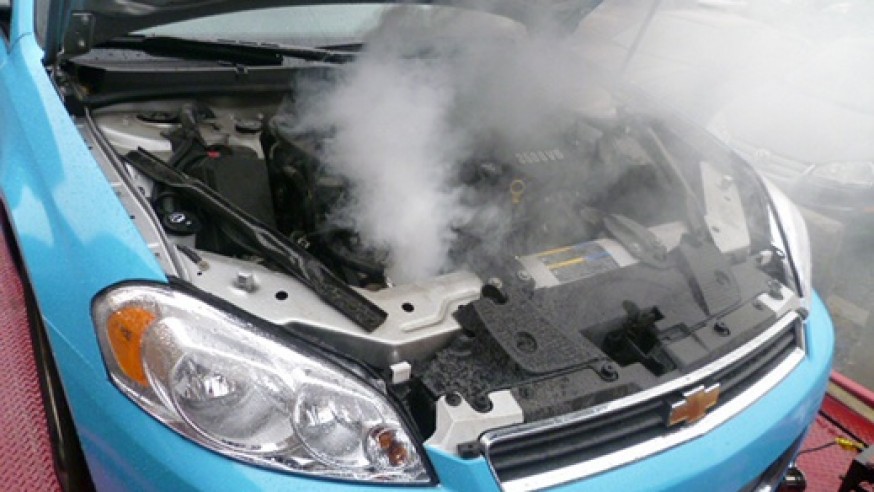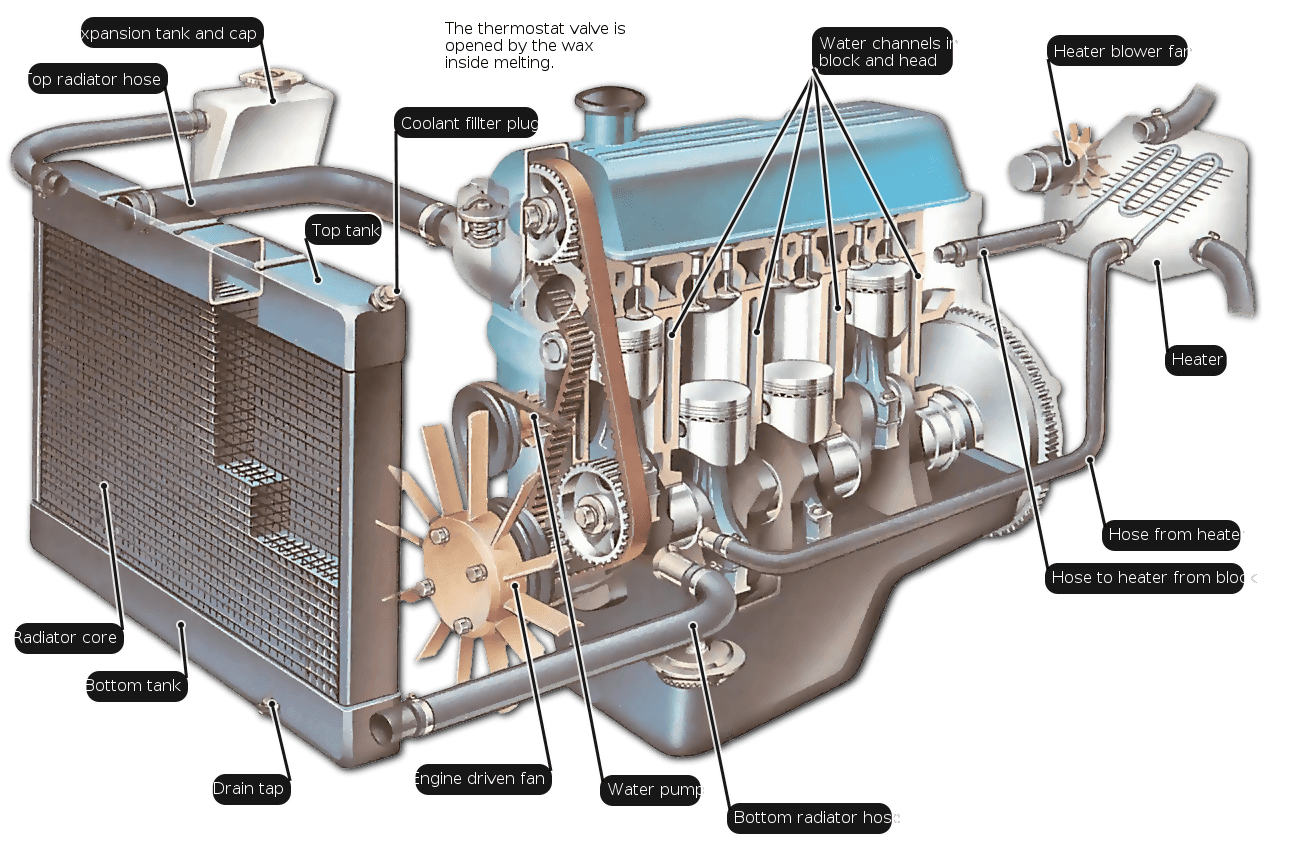Workings of a Car’s Cooling System And How The Water Pump Operates
Just like any other precision machinery, motor engines are designed and assembled to perform within certain temperature range for optimal efficiency. By nature, engines produce heat due to the friction of all the moving parts. And the fact that it literally has to perform detonation of fuel and air mixture inside to push components in order to create movement. Those tiny explosions push the pistons in a synchronized manner, rotating the crank, and generating movement. That is just the nature of the beast. But that detonation of fuel creates immense amount of heat. Most of that heat is led out through exhaust in gaseous form. But a lot of that heat remains within the metal/alloy of the engine block.
Also Read: Quality Coolant Is As Important In Winters As It Is In Summers
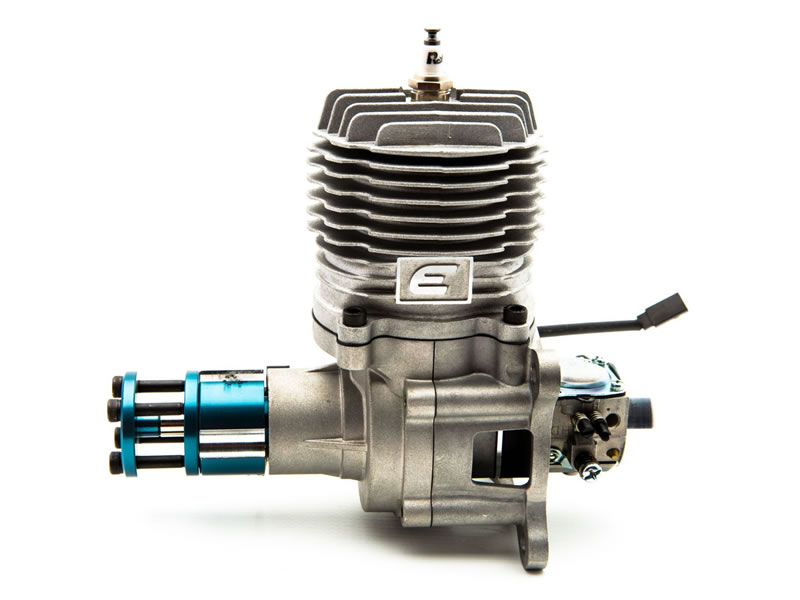
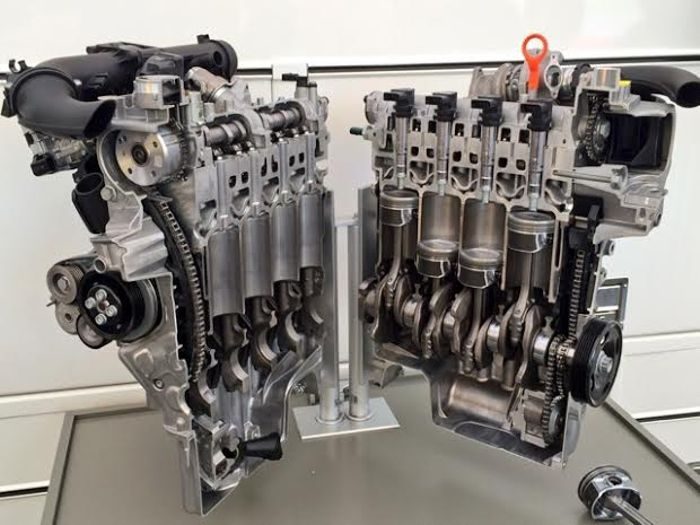
In smaller engines, for example single cylinder motorcycle engines, heat is dissipated through engine fins as well as the engine oil helps to control the engine temperature. But when the displacement, physical size and/or number of pistons of the engine are increased, you need some sort of coolant (usually water mixed with antifreeze) to maintain the temperature. Cooling system of a vehicle plays a vital role in making sure your car’s engine is operating at its desired temperature. It is not about keeping the car stone cold, but maintaining a certain temperature level; a level that provides greatest efficiency.
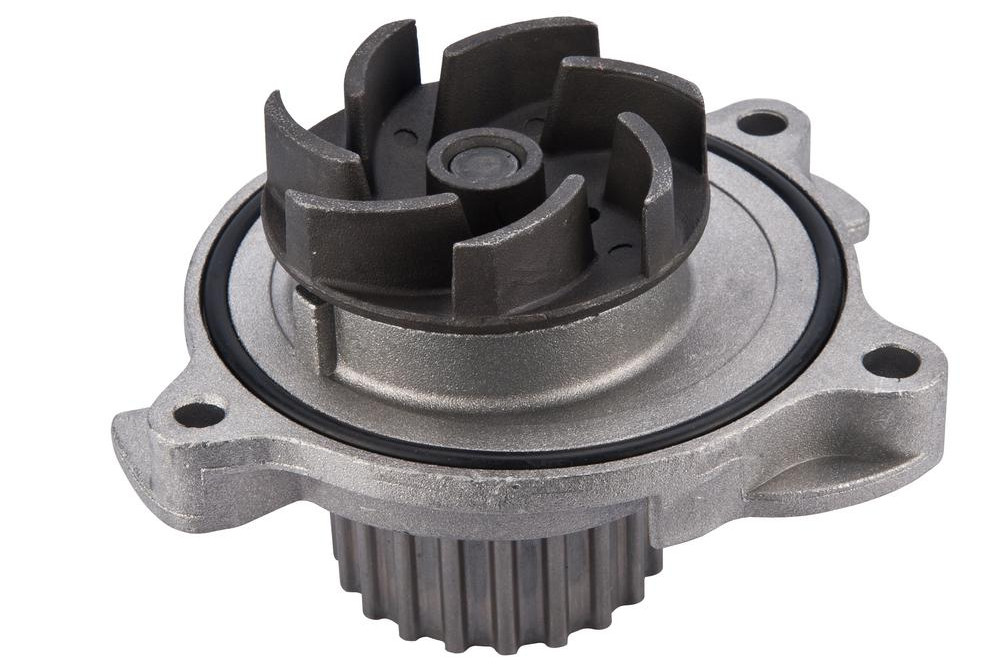
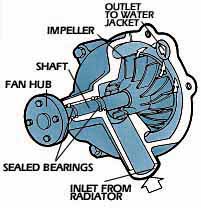 And in that cooling system of an engine, one thing that makes it all happen is its water pump. Water pump, also known as ‘water body’ in our local mechanics’ terms, is responsible for, as the name suggests, pumping the coolant inside the engine. The water pump is a removable/serviceable part located usually on the side of the engine block. The engine block has water channels going around it. The coolant passes through those channels, taking away the residual heat produced during the operation. The pump has fins on its propeller/rotor that push the coolant in the engine. Also, unlike your water motor pump at home which is electrically driven, the water pump present in the engine is mechanical. Usually a belt goes around the outer cog of the water pump and spins the turbine along. The outer cog is joined with the propeller inside by an axle. When the cog spins, it spins the turbine along with it in the same direction.
And in that cooling system of an engine, one thing that makes it all happen is its water pump. Water pump, also known as ‘water body’ in our local mechanics’ terms, is responsible for, as the name suggests, pumping the coolant inside the engine. The water pump is a removable/serviceable part located usually on the side of the engine block. The engine block has water channels going around it. The coolant passes through those channels, taking away the residual heat produced during the operation. The pump has fins on its propeller/rotor that push the coolant in the engine. Also, unlike your water motor pump at home which is electrically driven, the water pump present in the engine is mechanical. Usually a belt goes around the outer cog of the water pump and spins the turbine along. The outer cog is joined with the propeller inside by an axle. When the cog spins, it spins the turbine along with it in the same direction.
Different automakers use different designs of water pumps. So although you might think the pump looks different, it is essentially the same and performs the same function. The coolant remains and passes through the water channels built inside the engine block and cylinder head absorbing all the excess heat. The hotter coolant that has been in the engine block is pushed by the pump towards the radiator of the car. The hot coolant is pushed inside the radiator from top. And the relatively cooler coolant present in the radiator is first pushed to the engine block from below, and then into the cylinder head. And the cycle continues in the same rotation.
For coolant to remain in the engine block for sufficient amount of time for it to absorb as much residual heat as possible, a thermostat is installed in the engine on the outlet path of the coolant. The thermostat remains closed and lets the coolant remain in the block and cylinder head for it to take away as much heat as possible. As soon the thermostat crosses the certain temperature threshold, its valve fully opens, and lets the hot coolant out in the radiator. That thermostat is a sort of a regulator that makes sure the engine remains within the best operating temperatures. There is a common practice of removing the thermostat from the engines (especially in older and smaller cars). This is not right and only going to hurt your fuel economy as well as can cause premature wear out of engine. You can read more about the importance of a thermostat here.
Also Read: Here’s Why You Should Never Remove The Thermostat Valve From Your Car
So in order to make sure your water pump is in good working condition, you must use some quality coolant instead of plain water. The water will cause corrosion and can make the fins of the propeller disappear sooner than the actual life of the part. A water pump that has disfigured and corroded fins will underperform and might lead to overheating of the engine. Using just water can also lead to a coolant leak from other corroded metal parts including the water pump itself. Rust is the enemy here. A proper antifreeze will not only improve the efficiency of your car’s cooling system, it will also help in keeping the parts away from the rust and corrosion.

